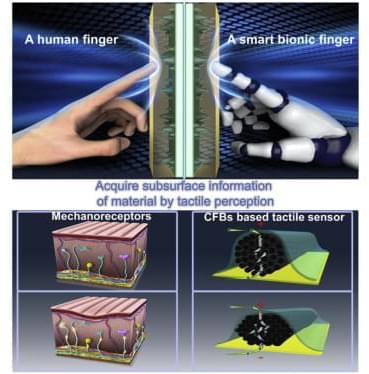Elon Musk’s company Neuralink has developed a technology that can link human brains to computers, and according to Musk, it is now ready for human testing. This groundbreaking technology has the potential to revolutionize the way we communicate and interact with machines, and could pave the way for new treatments for neurological disorders. With the announcement that Neuralink is ready for human testing, the future of human-computer integration is closer than ever before.
#neuralink #elonmusk #braincomputerinterface #humanenhancement #neurotechnology #futurismo #transhumanisme #neuroscience #innovation #technews #mindcontrol #cyborgs #neurologicaldisorders #futuretechnology #humanpotential #ai #neuralengineering #brainimplants #humanmachineinterface #brainresearch #brainwavesound



